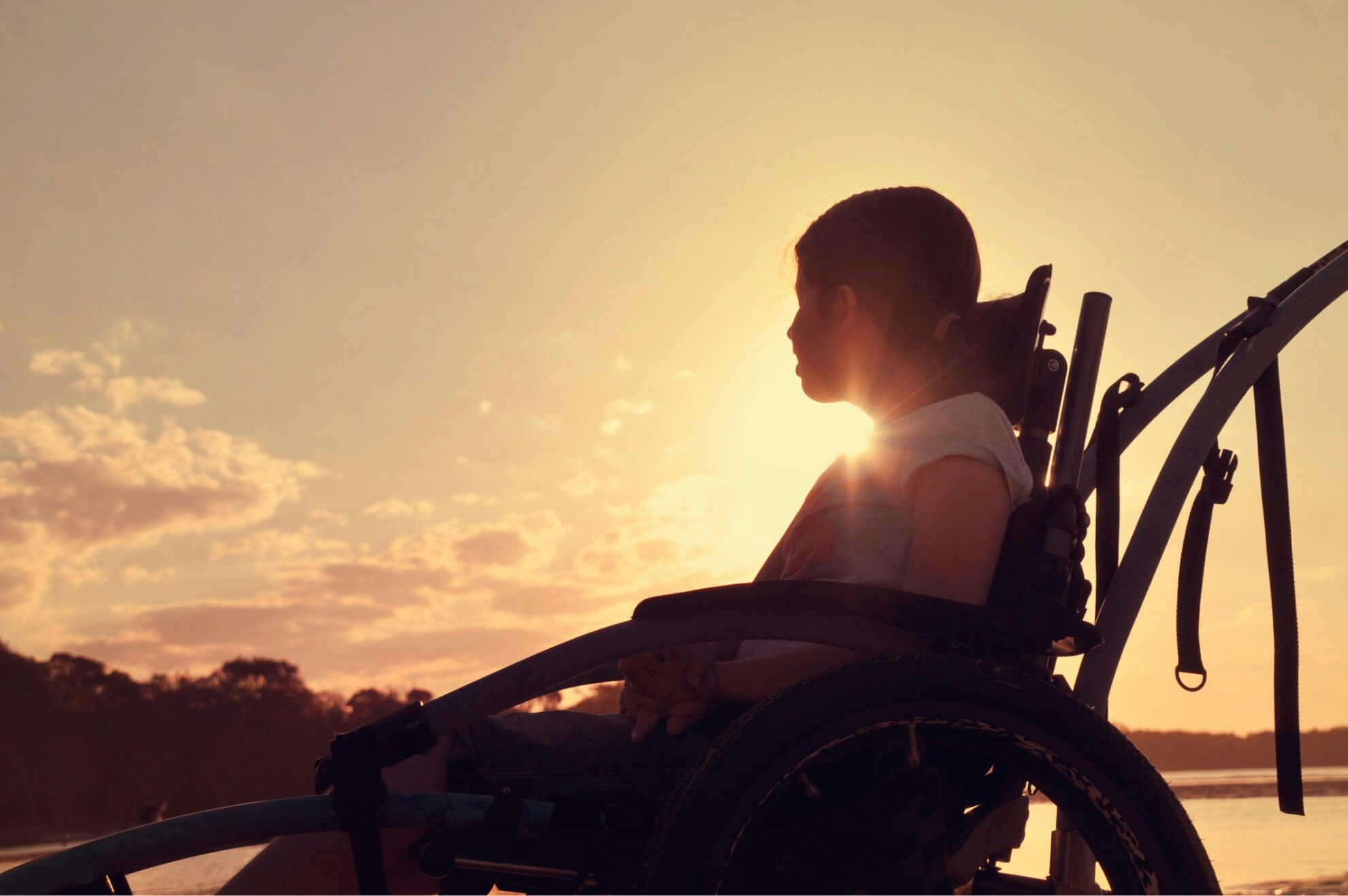
Interested in finding out if you have a case? Call 310-444-1200 or fill out the form below and we will get back to you shortly.

When doctors diagnose your child with cerebral palsy (CP), you likely have many questions. How did this happen? What will this mean for my child? How will I ensure my child receives the medical care and long-term support he/she needs? Could my child's suffering have been prevented?
At Michels & Lew, we care deeply about children and are passionate about providing caring legal support to families dealing with a child brain injury or birth injury, such as cerebral palsy. Our in-house physician and legal team are here to answer your questions and determine if you have a claim for medical malpractice.
Understanding cerebral palsy — the effects, the causes, the costs
Cerebral Palsy (CP) is a general term that refers to a condition where brain damage results in loss of motor control. Depending on the severity of the brain damage, cerebral palsy may not be diagnosed until the child is months or years old.
As there are many types of cerebral palsy, the symptoms of the disorder are broad:
In severe cases of cerebral palsy, other disorders, such as seizures may exist.
The brain damage that leads to the development of cerebral palsy can occur during pregnancy, during labor or childbirth or during early child development years.
While in many instances, the damage could not have been prevented, in others, the child's suffering was completely avoidable — such as when a doctor fails to treat a maternal infection during pregnancy or when a doctor fails to recognize signs of fetal distress during childbirth (resulting in asphyxia or brain hypoxia — lack of oxygen to the brain). These are examples of medical malpractice. Our attorneys hold negligent doctors, hospitals and other medical providers accountable for the medical negligence that causes children to suffer preventable birth injuries.
Improving the quality of life for children with cerebral palsy
If your child is living with cerebral palsy, it is important to determine if there are sources to provide compensation that will allow you to care for your child properly. We have recovered hundreds of millions of dollars for clients — money that allowed children to have the best medical care, wheelchair accessible housing, physical, occupational and speech therapy, college tuition and much more.
Our attorneys will work with economic and life-care experts to determine the full extent of your child's suffering and the impact that your child's cerebral palsy diagnosis will have on the entire family.
A family may not notice a child's disability until the child is months or years old — and even then, answers may not be forthcoming. When your child is diagnosed with cerebral palsy, you can turn to the Los Angeles law firm of Michels & Lew for honest answers, straightforward legal advice and compassionate guidance. We can help you determine if your child's cerebral palsy was caused by obstetric negligence or any other form of medical malpractice, and explain your options for moving forward with a negligence claim against the doctor, hospital or other medical provider.
Was medical malpractice to blame for your child's cerebral palsy?
Cerebral palsy (CP) can be caused by a number of factors:
Do not bear the cost of medical negligence alone. At Michels & Lew, our staff, led by Bradford S. Davis, M.D., will help you find out what went wrong. If the cerebral palsy was the result of medical negligence, our birth injury lawyers will hold those responsible accountable. Our Los Angeles firm serves clients throughout California and surrounding states.
Whether we determine you have a case or not, we will share all information we find with you, and you owe us nothing unless we recover damages on your behalf.
This is a common question parents have when their child has been given a diagnosis of cerebral palsy. The short answer is that the majority of cases of cerebral palsy are not preventable. Statistically, despite the large number of known and proposed causes, the origin of cerebral palsy in most cases is unclear.
Cerebral palsy can be congenital, meaning a child was born with the condition. The majority of cases are congenital. There is an increased risk of congenital cerebral palsy from infections in pregnancy, congenital brain malformations, low birth weight, placental abnormalities, premature birth, multiple births (twins, triplets), use of infertility treatments, underlying medical problems in the mother and complications during birth in which the fetus is deprived of oxygen. Only about 10% of cerebral palsy cases are from birth asphyxia (lack of oxygen at birth).
Acquired cerebral palsy means it occurred after birth and can be from meningitis, trauma or stroke.
What can a parent do to determine if their child’s case was preventable?
It is the parent’s right to have to have their child’s medical records reviewed to determine whether or not their child’s cerebral palsy was preventable. This can be accomplished by consulting with a reputable medical malpractice attorney who can investigate to determine if there was evidence of negligent care that led to the development of cerebral palsy.